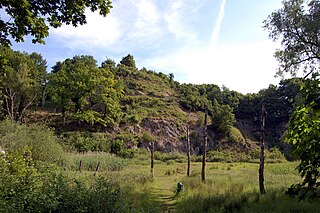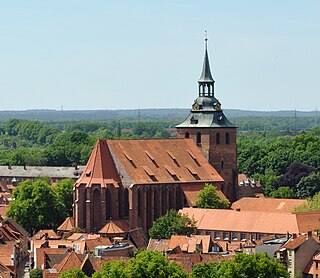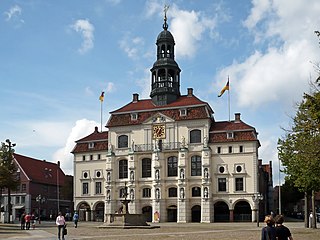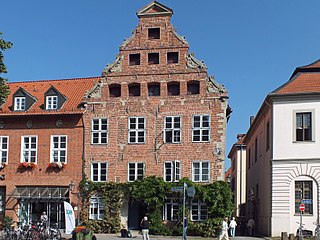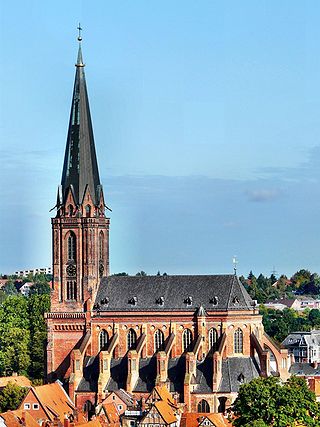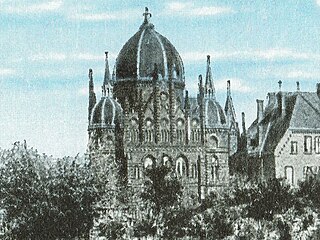Self-guided Sightseeing Tour #2 in Lüneburg, Germany
Legend
Tour Facts
2.2 km
36 m
Experience Lüneburg in Germany in a whole new way with our free self-guided sightseeing tour. This site not only offers you practical information and insider tips, but also a rich variety of activities and sights you shouldn't miss. Whether you love art and culture, want to explore historical sites or simply want to experience the vibrant atmosphere of a lively city - you'll find everything you need for your personal adventure here.
Individual Sights in LüneburgSight 1: Kalkberg
The Lüneburg Kalkberg is the cap rock of a salt dome in the western part of the German town of Lüneburg. The Kalkberg was a gypsum mine during the Middle Ages, but is today a Naturschutzgebiet and a common meeting place for city residents.
Sight 2: St. Michael Church
St. Michaelis is one of the main churches in Lüneburg, Lower Saxony, Germany. It was first an abbey church of the former monastery of Benedictines, built from 1376 in brick Gothic style. It became Lutheran during the Reformation. Johann Sebastian Bach was for two years a pupil at the school of St. Michaelis.
Wikipedia: St. Michaelis, Lüneburg (EN), Website, Heritage Website
Sight 3: Altes Rathaus
The Lüneburg Town Hall is the headquarters of the council and administration of the Hanseatic City of Lüneburg in Lower Saxony. The building complex was built around 1230 and has been expanded over centuries. It is an example of medieval and early modern secular architecture in northern Germany.
Sight 4: Heinrich-Heine-Haus
The Heinrich-Heine-Haus in Lüneburg is a patrician house from the 15th/16th century, in which the parents of the poet Heinrich Heine lived. It is now used by municipal authorities and cultural institutions and contains a scholarship apartment for writers.
Sight 5: Adolf Schickler
The list of stumbling stones in Lüneburg contains all stumbling stones that were laid in Lüneburg as part of the project of the same name by Gunter Demnig. They are intended to commemorate victims of National Socialism who lived and worked in Lüneburg
Wikipedia: Liste der Stolpersteine in Lüneburg (DE), Website
Sight 6: Saint Nicholas Church
St. Nicolai is a church and Lutheran parish in Lüneburg, Lower Saxony, Germany. It is one of three main churches in the town, all built in brick Gothic style. The church, dedicated to St. Nicholas, is a basilica with three naves, built from 1407 to 1440. It features a "star" rib vault that is unique in Northern Germany. When the Reformation was introduced in Lüneburg in 1530, the church became Lutheran. The high steeple was added in the 19th century.
Wikipedia: St. Nicolai, Lüneburg (EN), Website, Heritage Website
Sight 7: Gedenkstein Standort Jüdische Synagoge
The synagogue in Lüneburg was the religious center of the local Jewish community. The foundation stone was laid in 1892 on the street Am Schifferwall, and the synagogue was inaugurated in 1894. The municipality had to sell the building in 1938 and have it demolished.
Share
How likely are you to recommend us?
Disclaimer Please be aware of your surroundings and do not enter private property. We are not liable for any damages that occur during the tours.
GPX-Download For navigation apps and GPS devices you can download the tour as a GPX file.
